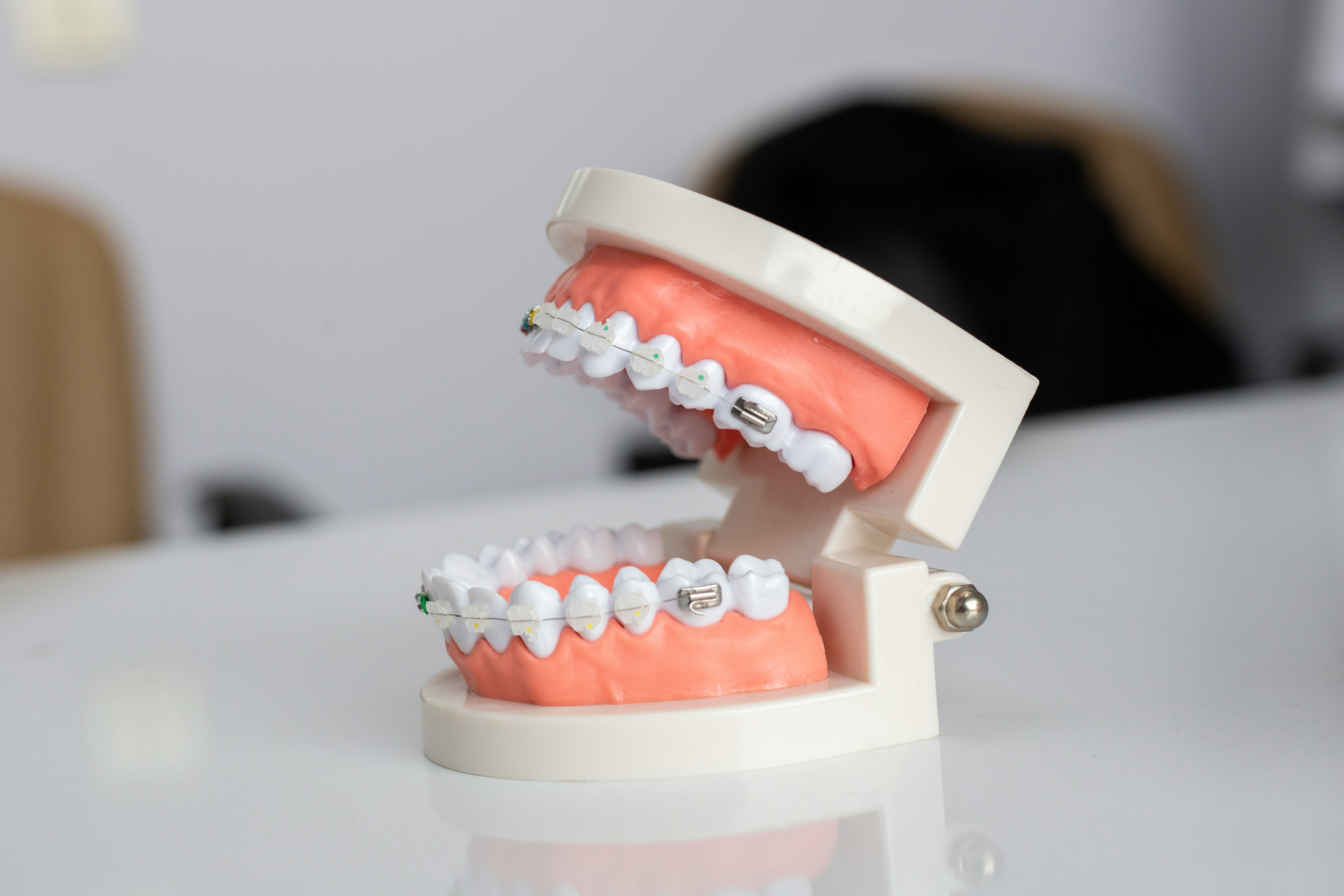Screwless Dental Implants: A Modern, Cost-Effective Solution for Seniors
Dental technology continues to evolve, and screwless implants represent one of the most innovative options available today. This approach minimizes invasiveness and focuses on patient comfort, offering a secure and natural-looking result. Many patients, especially seniors, are exploring screwless dental implant systems as an alternative to traditional procedures. Learn how the process works, what factors affect cost, and how to find qualified dental implant specialists near you.

What are screwless dental implants?
“Screwless” dental implants generally refer to implant restorations that do not use a visible occlusal screw to secure the final crown or bridge. Instead, the visible tooth (crown) is typically cemented to an abutment, or it fits via a precision friction/tapered connection. Importantly, the implant fixture itself is still a titanium post surgically placed into the jawbone; that part is almost always threaded and secured like any other implant system. The “screwless” aspect describes the way the prosthetic portion is attached, not the implant in bone.
Why are screwless implants becoming a popular choice?
For many seniors, screwless (cemented or friction-fit) restorations offer aesthetic advantages—no screw-access hole in the biting surface—and can feel more like a natural tooth. They may also streamline chairside steps once healing is complete, which can be helpful for patients who prefer shorter, fewer visits. Digital workflows, such as intraoral scanning and guided surgery, have made planning and fabrication more predictable, contributing to broader acceptance. The trade-off to consider is retrievability: cemented crowns can be harder to remove for maintenance than screw-retained ones.
How do screwless implants work?
After a clinical exam and 3D imaging, a titanium implant is placed into the jaw and allowed to integrate with the bone. Once healed, the clinician selects an abutment—either a standard part or a custom-milled abutment—that supports the crown. With screwless approaches, the crown is typically bonded using dental cement, or it engages a conical (Morse-taper) friction interface. The dentist then verifies fit, bite, and cleans any excess cement. Long-term success depends on good oral hygiene, regular professional cleanings, and periodic checks to monitor gum health and the bite.
Comparing screwless and traditional dental implants
Traditional screw-retained restorations use a small screw through the crown to attach the prosthesis to the abutment or directly to the implant. They are easier to retrieve for repairs or hygiene, but the access hole must be sealed with a filling and may slightly affect aesthetics. Screwless approaches avoid an access hole and may feel more like a natural tooth, but they require meticulous cement cleanup to reduce the risk of gum inflammation from residual cement. In practice, both solutions can be successful when planned and maintained appropriately.
For seniors, practical considerations matter. Patients with limited dexterity or complex medical histories may benefit from designs that are easier to clean or adjust, and clinicians may favor screw-retained options for cases that are likely to need frequent access. Bone quality, bite forces, and the number/location of implants also influence the choice. Ultimately, your dentist or specialist will recommend the attachment method that best matches your anatomy, hygiene habits, and restorative goals.
Costs vary widely by case complexity, materials, and geography. Below are real U.S. providers with typical national ranges to help frame expectations; exact fees require an in-person exam and treatment plan in your area.
| Product/Service | Provider | Cost Estimation |
|---|---|---|
| Single tooth implant (implant + abutment + crown) | Aspen Dental | Typical U.S. range: $3,000–$6,000 per tooth |
| Single tooth implant (implant + abutment + crown) | Affordable Dentures & Implants | Typical U.S. range: $3,000–$5,500 per tooth |
| Implant-retained overdenture (2–4 implants) | Affordable Dentures & Implants | Typical U.S. range: $6,000–$16,000 per arch |
| Full-arch fixed implant bridge (All-on-4/6 style) | ClearChoice Dental Implant Centers | Typical U.S. range: $18,000–$35,000 per arch |
| Full-arch fixed implant bridge | Western Dental & Orthodontics | Typical U.S. range: $18,000–$32,000 per arch |
Prices, rates, or cost estimates mentioned in this article are based on the latest available information but may change over time. Independent research is advised before making financial decisions.
In real-world planning, the biggest drivers of cost are the number of implants, need for bone grafting or sinus lift, the type of restoration (single crown, overdenture, or full-arch fixed bridge), and laboratory materials (zirconia, titanium, high-strength ceramics). Screwless vs. screw-retained typically does not change the surgical implant cost; differences show up in prosthetic parts and lab fees. Dental insurance often has annual maximums and may not cover implants fully; Medicare generally does not cover dental implants, while some Medicare Advantage or discount plans and financing options through local services in your area can reduce upfront costs.
Conclusion Screwless dental implants describe a restoration approach that can improve aesthetics and streamline the feel of implant-supported teeth, which many seniors value. When weighed against the easier retrievability of screw-retained designs, the choice comes down to clinical factors and maintenance preferences. With thoughtful planning, either pathway can restore comfort, function, and confidence.
This article is for informational purposes only and should not be considered medical advice. Please consult a qualified healthcare professional for personalized guidance and treatment.




